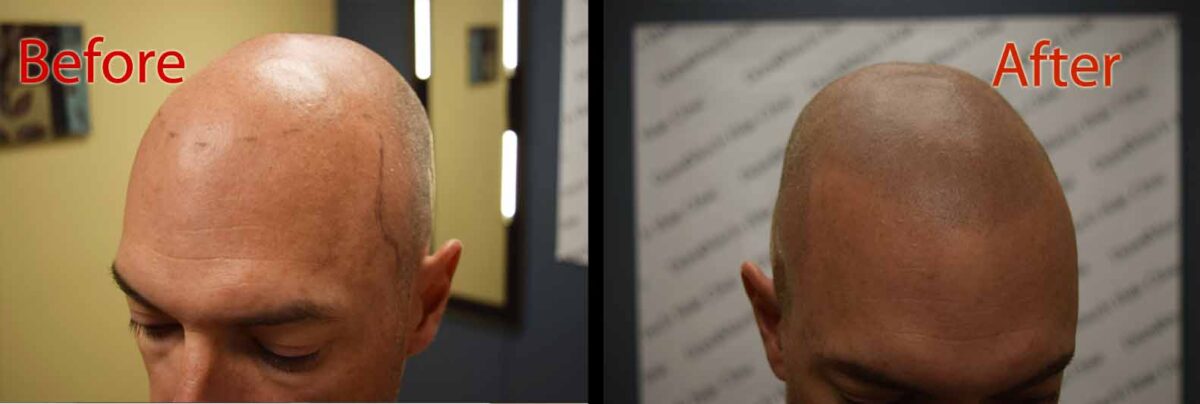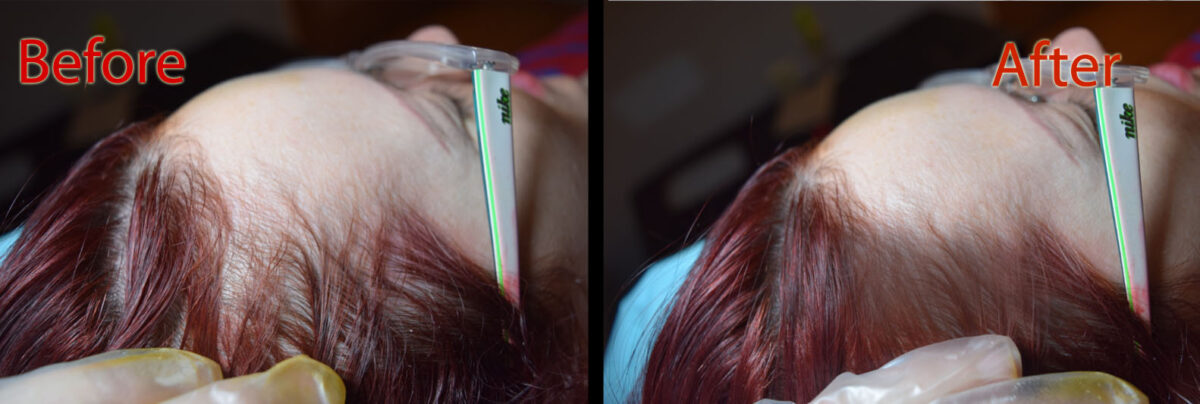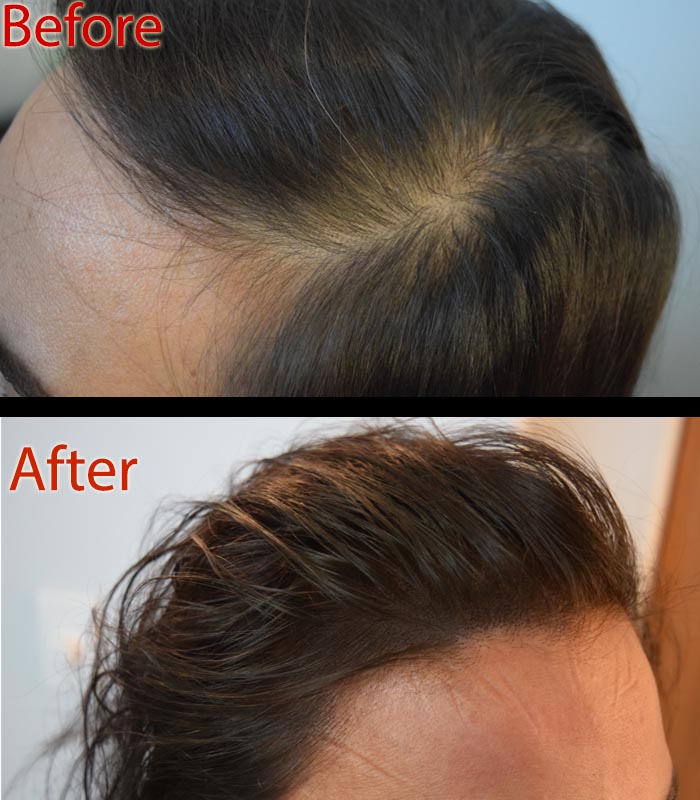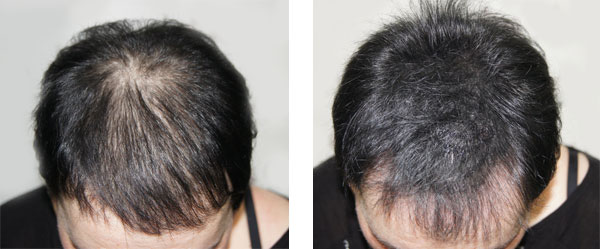Hair loss can be a devastating experience, impacting not only your physical appearance but also emotional well-being as well as self-esteem. The psychological effects of hair loss can vary depending on various factors, such as age, gender, and the underlying cause of the hair loss.
Emotional Impact of Hair Loss
Body image
Hair is often closely tied to an individual’s self-image and sense of identity. Therefore, hair loss can result in feelings of diminished self-confidence, low self-esteem, and a negative body image. If you suffer hair loss or pattern baldness, you may feel less attractive or desirable. There’s no denying the fact that this can affect your personal and professional interactions.
Anxiety and depression
Hair loss can cause significant stress and anxiety. The emotional impact of hair loss can increase the risk of developing anxiety disorders or depression. Since it is often linked to your personality and self-esteem, hair loss may cause feelings of sadness, hopelessness, or a sense of loss.
Social withdrawal and isolation
Individuals experiencing hair loss may choose to avoid social situations or isolate themselves due to feelings of embarrassment, shame, or fear of being judged or ridiculed. This social withdrawal can lead to a loss of social support and further exacerbate psychological distress.
Stigma and discrimination
In some cultures, hair loss is stigmatized or associated with negative stereotypes, particularly for women. Women with hair loss may face discrimination or prejudice in personal and professional settings, which can further impact their self-esteem and mental well-being.
Loss of control
Hair loss can be a source of frustration and a sense of loss of control, especially when it is unexpected or unrelated to aging. Individuals may feel powerless and struggle to accept the changes in their appearance.
Grief and mourning
In some cases, individuals may experience a sense of grief or mourning over the loss of their hair, similar to the grieving process associated with other forms of loss. This can be particularly true for individuals who experience sudden or rapid hair loss.
Scalp Micropigmentation: Reduces Psychological Impact of Hair Loss
When you are looking for a hair loss solution, you want to try out anything and everything that looks promising. Unfortunately, only tall claims are made and no solution is permanent.
That’s where you can try scalp micropigmentation.
The non-surgical procedure creates the appearance of a shaved head by depositing tiny pigments into the scalp. SMP can be a viable solution for individuals fighting the psychological impact of hair loss who desire a more permanent and low-maintenance way to regain confidence in their appearance.
Unlike traditional hair restoration methods, SMP for women and men offers a natural-looking hairline and requires minimal downtime.
By understanding the psychological impact of hair loss and exploring available solutions like SMP, you can maintain a positive self-image.
Looking for the best hands for the scalp job? Get in touch with top Arizona SMP practitioners at DermiMatch Clinic. They have trained and experienced scalp technicians who have been helping individuals experiencing the psychological impact of hair loss recover from their loss of self-esteem and confidence due to hair loss.
Get help now!








